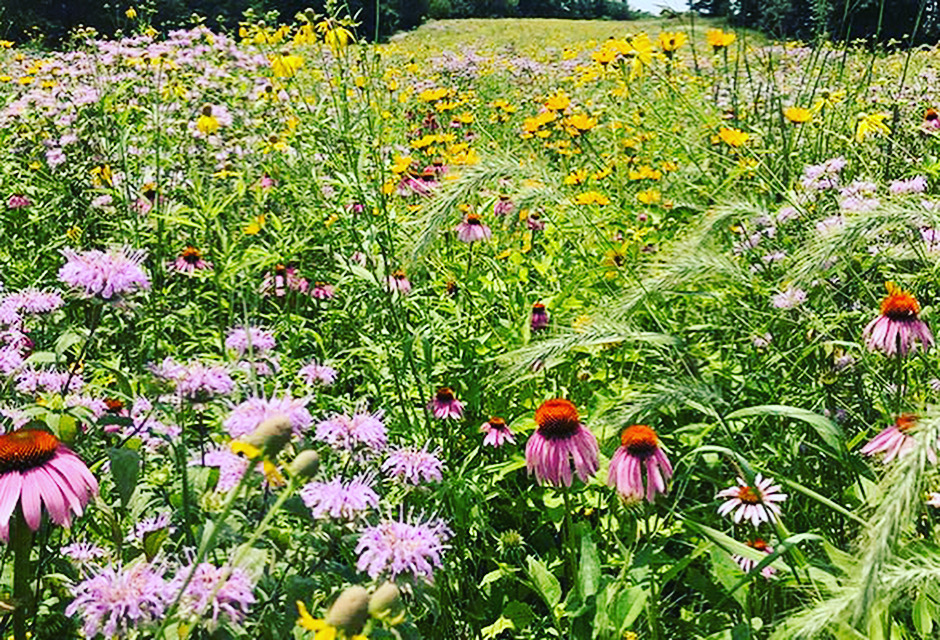Pollinators Garden
go.ncsu.edu/readext?724541
en Español / em Português
El inglés es el idioma de control de esta página. En la medida en que haya algún conflicto entre la traducción al inglés y la traducción, el inglés prevalece.
Al hacer clic en el enlace de traducción se activa un servicio de traducción gratuito para convertir la página al español. Al igual que con cualquier traducción por Internet, la conversión no es sensible al contexto y puede que no traduzca el texto en su significado original. NC State Extension no garantiza la exactitud del texto traducido. Por favor, tenga en cuenta que algunas aplicaciones y/o servicios pueden no funcionar como se espera cuando se traducen.
Português
Inglês é o idioma de controle desta página. Na medida que haja algum conflito entre o texto original em Inglês e a tradução, o Inglês prevalece.
Ao clicar no link de tradução, um serviço gratuito de tradução será ativado para converter a página para o Português. Como em qualquer tradução pela internet, a conversão não é sensivel ao contexto e pode não ocorrer a tradução para o significado orginal. O serviço de Extensão da Carolina do Norte (NC State Extension) não garante a exatidão do texto traduzido. Por favor, observe que algumas funções ou serviços podem não funcionar como esperado após a tradução.
English
English is the controlling language of this page. To the extent there is any conflict between the English text and the translation, English controls.
Clicking on the translation link activates a free translation service to convert the page to Spanish. As with any Internet translation, the conversion is not context-sensitive and may not translate the text to its original meaning. NC State Extension does not guarantee the accuracy of the translated text. Please note that some applications and/or services may not function as expected when translated.
Collapse ▲For small farms that grow a diversity of fruit and vegetables, pollinators can be essential for crop production
A small acreage farm owner can take several practical steps to protect and enhance pollinators. These insects have two basic needs for survival: food and shelter. Pollinators need pollen and nectar throughout the spring, summer, and fall. A best practice for helping pollinators is to plant a mixture of native, perennial plants that provide flowers throughout the growing season.
Pollinator Design Guidelines
- Use native species at the foundation and fill in with non-invasive perennials that provide nectar and pollen sources.
- Select a variety of flowers that bloom throughout the season, (Spring-Fall) as well as plants that support larvae, and species with protective habits (such as grasses and stocky plants).
- Consider the growing habits of the plants when making your selections. You don’t want one plant taking over the garden. Additionally, you want a variety of shapes, sizes, and colors of blooms and plants to provide forage for as many native pollinators as possible.
- Create a protective habitat for pollinators to nest by using grasses and stocky plants.
- Create large groupings of one plant to attract pollinators. Do this throughout the garden.
- Plant taller plants in the back or center of the garden.
- Disperse color and bloom time throughout the garden.
- Provide a water source.
- Eliminate or minimize the impact of pesticides.
Resources:
Submitted By: Anass Banna, Small Farms Agent





